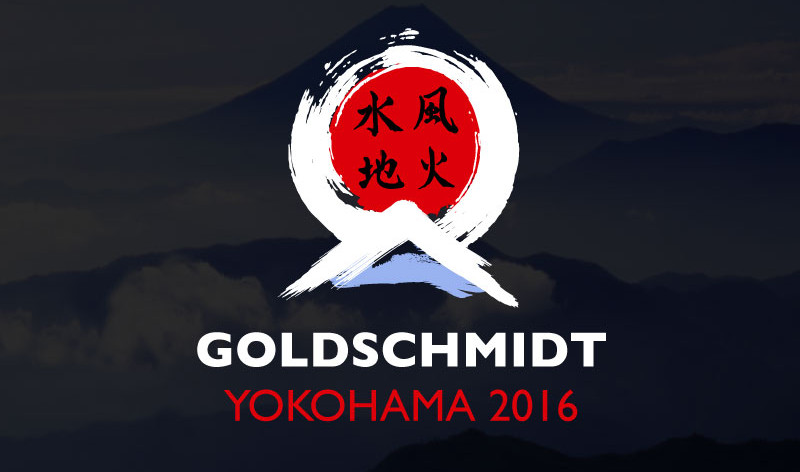The NoGOS project will be involved in the following contributions to the Goldschmidt Conference 2016 in Yokohama:
- Tomonaga, Y., Brennwald, M. S., Rüssel, R., & Kipfer, R. (2016). Advances in the on-site and remote-controlled analysis of dissolved (noble) gases in water bodies. 26th Annual V.M. Goldschmidt Conference. Yokohama, Japan.
- Sano, Y., Kagoshima, T., Takahta, N., Ishida, A., Tomonaga, Y., Roulleau, E., Pinti, D.L., Fischer, T.P., Lan, T.F., Nishio, Y., & Tsunogai, U. (2016). Spatial and secular variations of helium and carbon isotopes at Ontake volcano, Japan. 26th Annual V.M. Goldschmidt Conference. Yokohama, Japan.
- Takahata, N., Tomonaga, Y., Kumamoto, Y., Yamada, M., & Sano, Y. (2016). Direct emission of tritium to the ocean due to the Fukushima Daiichi nulear disaster. 26th Annual V.M. Goldschmidt Conference. Yokohama, Japan.
